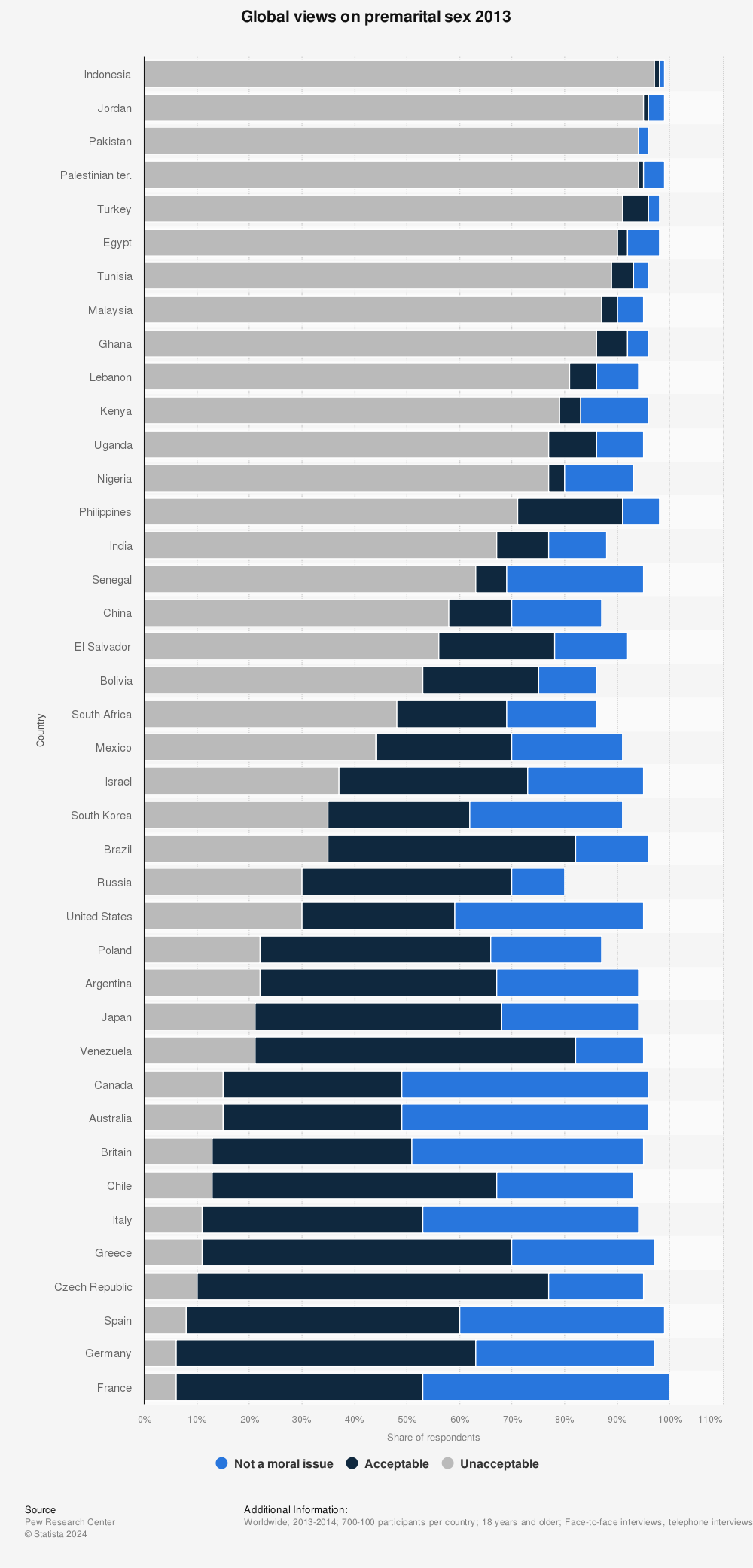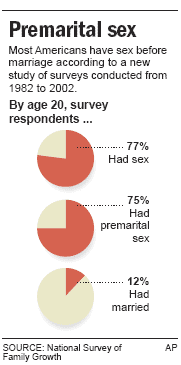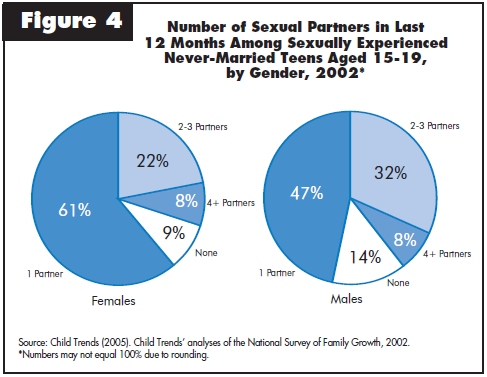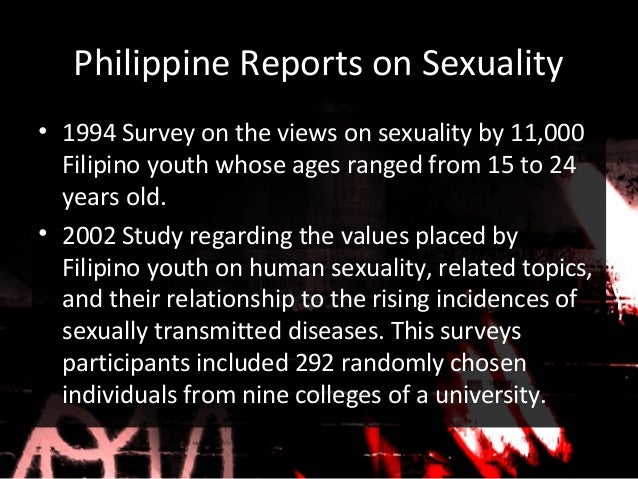
Pregnancy statistics show a link between teenage pregnancy and religion. Despite the fact that many religions encourage abstinence and saying no to premarital sex among teens, the teenage pregnancy rate is actually higher …
Wish we could say for sure. What we do know: 40% of spouses said they have sex three or four times a week, according to the authors of …


A single religion, or: A single point of view on “hot” religious topics, or: A single point of view on controversial social problems.
Click here for up-to-date porn statistics. Porn statistics are updated as they become available.


This statistic depicts global views on premarital sex in 2013. In Indonesia, 97 percent of residents believe that premarital sex among adults is morally unacceptable.

4 Cool Statistics About Abstinence in the USA November 30th, 2012 by Mike. Compared to other groups with similar numbers, people who wait until marriage to have sex are a pretty under-discussed ity in the United States.




Statistics on and other sexual assaults are commonly available in industrialized countries, and are becoming more common throughout the world. Inconsistent definitions of , different rates of reporting, recording, prosecution and conviction for create controversial statistical disparities, and lead to accusations that many
Paroxysmal attacks or paroxysms (from Greek παροξυσμός) are a sudden recurrence or intensification of symptoms, such as a spasm or seizure. These short, frequent, symptoms can be observed in various clinical conditions.
Devout Catholics Have Better Sex, Study Says. Group says Catholics have more enjoyable sex, more often.
This statistic shows the brands of condoms used most often in the United States in 2017. The data has been calculated by Statista based on the U.S. Census data and Simmons National Consumer Survey (NHCS).